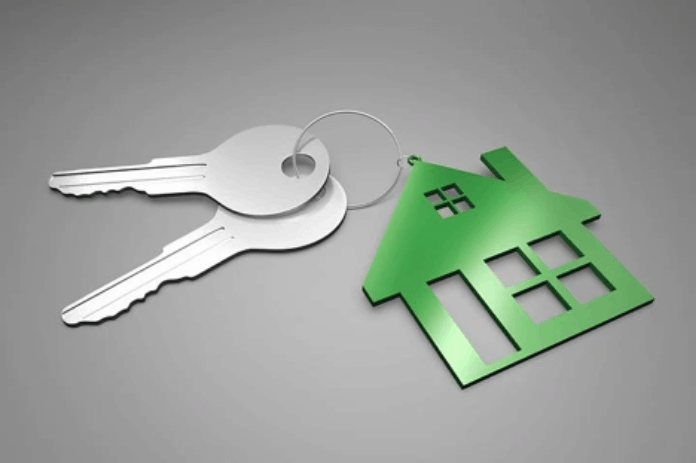One of the primary responsibilities of a landlord is to make sure their homes are a safe haven for their tenants. Before handing over the keys to their would-be tenants, landlords must make sure that there would be no reason for their tenants to file for any complaints.
This advice is particularly true for properties in New York, where the local government implements strict rental home policies. That said, they should be aware of landlord liability for slip and fall injuries in NYC and how they can prevent it. Here are some ways:
Eliminate Slippery Surfaces
To prevent slip and fall injuries, a landlord must ensure that the rental home is devoid of any slippery surfaces. Check the bathroom and kitchen. See if the tiles can become slippery when wet. If you are not yet scheduled to change your tile works, consider adding safety rags or handlebars that your tenants can use when the floor is slippery.
It would also be wise to have a professional cleaner to do a thorough clean up of your home. Sometimes, slippery floors can be due to invisible molds.
Check the Floors
It would also be wise to check your floors, in general, to see if there are any cracks or loose floorboards that can trip your tenants and cause a debilitating injury. Start in areas where you can expect high traffic. See if any protrusions may need immediate repair.
Assess the Garage or Parking Space
If your rental property includes a garage or a parking space, you also need to check if they do not have any issues that may cause problems for your tenants. Whenever possible, it might be best to use adhesive striping material or anti-skid paint.
Install Adequate Lighting
Another way to ensure that your tenants do not figure in any accidents is by providing your rental home with adequate lighting. Hallways, backyards, and garage areas should be adequately lit, so there is less possibility of falling or slipping.
One technology you can use for this is motion sensor lighting. Even if tenants forget to turn lights on, they will have the light they need. It would be wise to invest in LED lighting, so your tenant does not incur higher utility bills.
Do Regular Maintenance
Before your tenant moves in, it is only prudent for you to check if your rental home does not have any issues such as leaking faucets, water closets, broken windows, and roofing. Check all areas where water can seep and cause damage.
If there are any repairs necessary, do them beforehand. Change the fixture if necessary. For your protection, you might want to take pictures to document your rental home’s initial state before your tenant moves in.
Once you have a tenant in your rental home, make sure to also regularly check up on any repairs that may need replacements due to wear and tear. Any damage due to it should be part of your responsibility as a landlord. However, if the issue is due to negligence, you may ask your tenant to pay for the costs of the repair.
Ensuring the safety of your tenants should not be considered an added expense on your part. You should think of it as an investment, particularly if you have several rental homes that you are running. Thinking of your tenant’s welfare would ensure that your property investments would flourish.
Remember, when tenants feel that their landlord is concerned about their safety, they won’t mind recommending you to their friends. This is a good way of marketing your business without the need to come up with any fancy marketing strategies.
The Editorial Team at Healthcare Business Today is made up of skilled healthcare writers and experts, led by our managing editor, Daniel Casciato, who has over 25 years of experience in healthcare writing. Since 1998, we have produced compelling and informative content for numerous publications, establishing ourselves as a trusted resource for health and wellness information. We offer readers access to fresh health, medicine, science, and technology developments and the latest in patient news, emphasizing how these developments affect our lives.








